Hi Mike,
RV newbie here, with a (used) 2017 Pleasure-Way Sprinter. It gets icy cold inside at night, due to lack of insulation in walls and floors, and like many old folks, we “run cold.” The built-in propane heater is adequate, but its roaring noise and frequent cycling on and off wakes me up many times in the night.
I’d like to be able to plug in a very small, low-wattage space heater to maintain a steadier, quieter warmth. Keeping the rig at 60 inside would be just ducky! Even 55 would probably be good enough.
My question is two-pronged (ha ha), having to do with wiring.
1. On shore power, how can we tell if it’s OK to plug in a low-watt space heater without overloading or damaging the wiring in the rig? Or blowing a fuse, and having to try to track that down? (Needless to say I’m very limited in my understanding of electrical systems.)
2. When boondocking or dry camping: We have 280 watts of solar on the roof, and a big battery, and there’s not much demand for that power. The refrigerator can run (quietly, ahhh) on propane.
I don’t have a space heater picked out yet. I had purchased a little “desktop” heater that would run on 375 watts, but it was radiant, and I wanted a space heater that would warm the air, too—not just directly in its path. I’m hoping to be able to use an electric heater on 30-amp shore power OR off battery power and inverter when dry camped. We have 270 watts of solar on the roof. I understand it’s hard to find out much about wiring in Pleasure Way RV’s, and as I probably told you, my brain doesn’t have connections for power systems. Is there a way I can tell whether I’m going to blow a fuse, or damage the wiring, by plugging in a desktop-type space heater?
Thanks for considering my question! — Jody
Dear Jody,
The first thing to consider is the ability of a 375-watt space heater to actually raise the temperature in your Sprinter RV sufficiently. I seriously doubt that it will be able to increase the temp by more than a few degrees. But if you can localize the heat to just your sleeping area with curtains, it’s worth a try.
The problem with heating RVs of all types is they typically have very limited insulation with low R-values. That’s because every square inch inside of an RV is like gold, so adding in the 4 to 6 inches of insulation like you might have in your house is not practical. Plus, all the extra weight is another issue since RVs are always near their maximum weight limits.
How many Amp-hours of battery do you need?
While 375 watts is a very small electric heater, if you’re running on battery power through an inverter it will require around 32 amperes of battery current at 12 volts. To calculate this we simply need to divide the Watts (P) by the Volts (V) to calculate the Amps (I). So 375 watts / 12 volts = 31.25 amps, which I’ll round up to 32 amperes.
If you have a 100 amp-hr AGM battery, that you shouldn’t discharge below 50% State of Charge (SoC), that’s not even 2 hours of run time (100 Ah x 50% / 32 amps = 1.56 hrs). So that’s 90 minutes of available running time before you run out of battery power with your stock AGM or FLA battery.
Lithium batteries to the rescue (maybe)…
However, lithium battery technology is helpful if you upgrade. A single 100 amp-hr lithium battery can be discharged down to 0% SoC, so that’s 3 hours of run time. To calculate we simply divide amp-hrs by amps to find time in hours. So 100 Ah / 32 amps= 3 hrs.
If you put in 200 Amp-hrs of lithium batteries, that will be 6 hours of run time for that little 375-watt heater, after which time your batteries will be flat at 0% SoC. But before you spend thousands of dollars to upgrade your batteries to lithium, the first thing you should do is test this 375-watt space heater on shore power on a cold night and see if the added temperature is acceptable. I’m guessing it won’t be, but there may be a solution.
What about wiring damage?
If you do run a portable electric heater in your RV, I recommend you use the low power setting. So if it’s rated for 1,500/750-watts or 1,200/600-watts, set it to 750 or 600 watts. That’s because the stab-style electrical outlets used in RVs can loosen up from road vibration and heating/cooling cycles. And every loose electrical connection has the potential for overheating under high current loads.
Math Alert!
Note that a 1,500-watt setting on a space heater is 12.5 amps continuous (1,500 watts / 120 volts = 12.5 amps) while a 600 watt setting is only 6.25 amps (600 watts / 120 volts = 6.25 amps). Even though these stab-style outlets are rated for 15 amps, that’s only if they’re perfectly installed and properly maintained.
But no matter what kind and power space heaters you use, always inspect the power outlets for any signs of overheating which will show up as discoloration or melting. If you notice any issues at all, time to replace the outlet and inspect the power plug for any signs of damage as well.
Baby it’s cold outside…
If your existing RV furnace can’t keep up with the cold, and you don’t have enough electricity to power a portable electric heater, there is a supplemental heat source that’s advertised as safe and efficient. You can buy a propane catalytic heater anywhere, but are they safe, and just how much heat do they make?
Mr. Heater, with caveats….
While I’ve not actually tested one of these, I admit to being paranoid about any potential carbon monoxide source. But a lot of RVers think these are a great solution. And, indeed, they do provide a lot more heating than any portable electric heater can provide, especially from battery power.
For example, a propane heater with a 9,000 BTU output is equivalent to a 2,600-watt electric heater. That’s because 1 BTU is equal to 0.293 watts, so simply calculate 9,000 x 0.293 = 2,630 watts. That’s 7 times the amount of heating that your little 375-watt heater can provide.
I’m not sure about these propane heaters, just yet…
All the inside-rated propane heaters I’ve looked at casually do have some sort of carbon monoxide and tip-over shutoff. However, there’s certainly a much higher fire potential if you’re not careful.
So while this may be your only option for supplemental heat in the dead of winter, I’m not recommending them just yet until I can do an in-depth safety study.
Let’s play safe out there… Mike

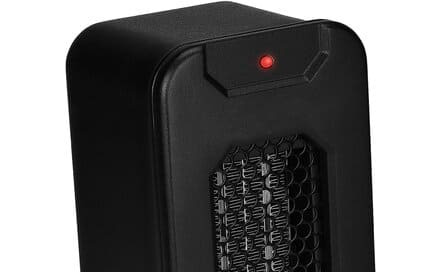




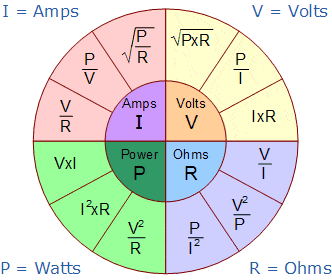
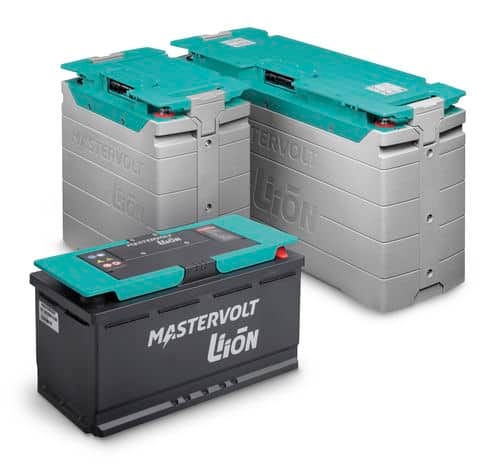


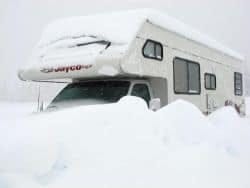
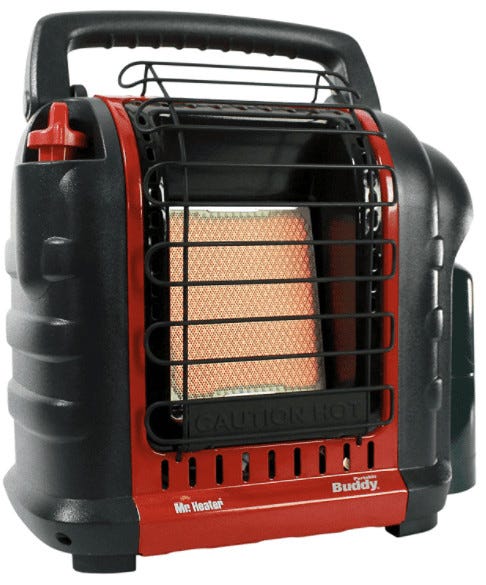


Mike, are there replacements for stab-style outlets that use screw connections?
you forgot to mention that even refrigerators on propane still use 12v for the electronics and the fans.